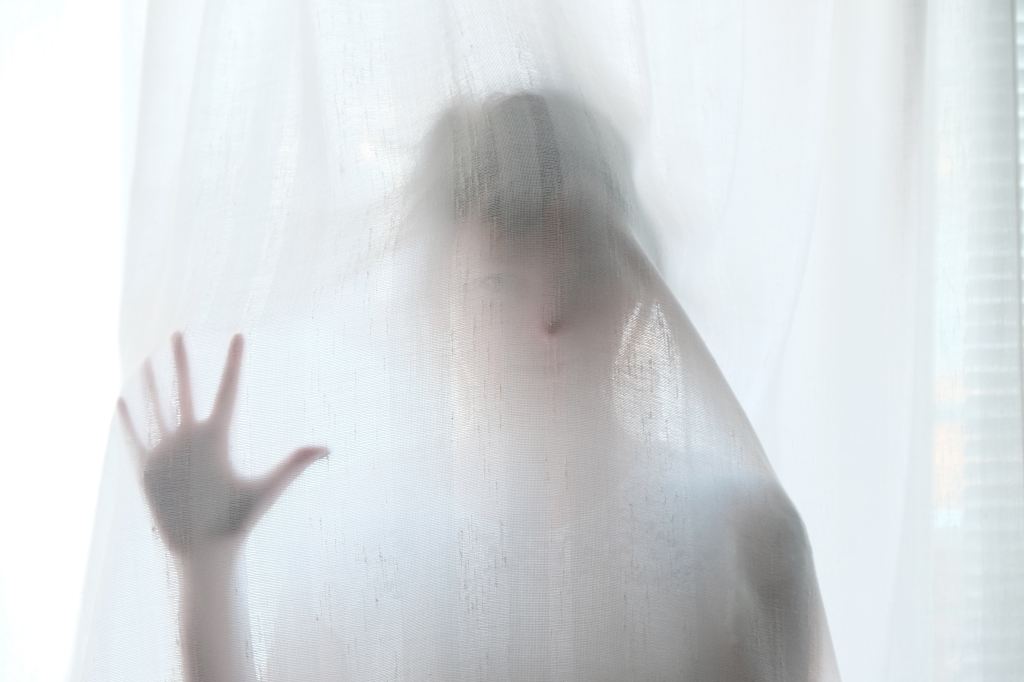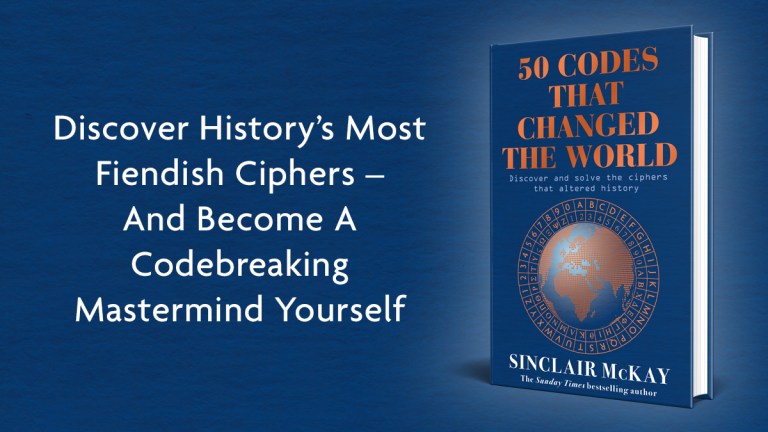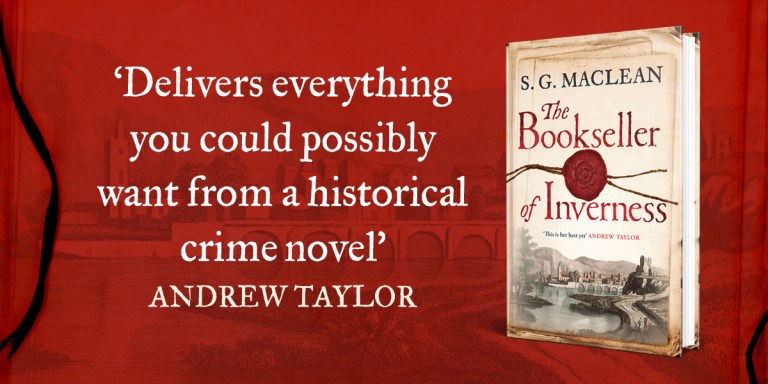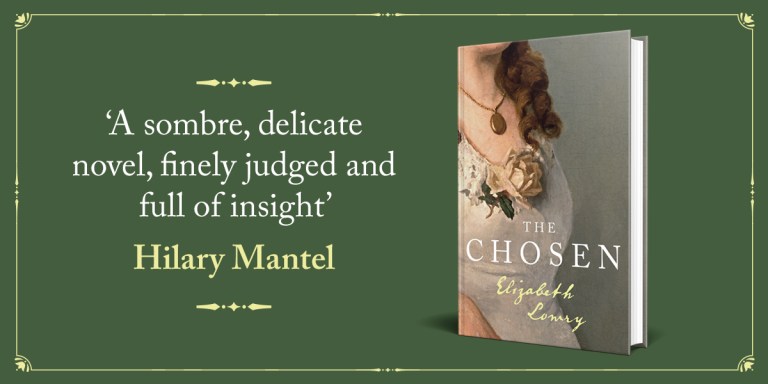My Top Five Historical Ghost Stories

Katherine Clements, critically acclaimed novelist (The Crimson Ribbon, The Silvered Heart), editor of Historia, member of the HWA committee and current Royal Literary Fellow at the University of Manchester, introduces her five favourite historical ghost stories.
The Little Stranger by Sarah Waters
After The Night Watch, which was impressive but left me a little cold, I welcomed Sarah Waters’ return to the gothic with The Little Stranger. There is no one better at bringing a fresh approach to a traditional genre and this is Waters’ take on the classic haunted-house tale. Crumbling Hundreds Hall and its poverty stricken inhabitants, the Ayres family, whose collective mental health is as precarious as the roof over their heads, has all the hallmarks of a classic ghost story, but the book works equally well as social commentary. Set after the Second World War, everyone is haunted; by family secrets, regrets and resentments, by the scars of war, by nostalgia for a prosperous past now faded into memory as the post-war world threatens a privileged way of life. The supernatural elements are gloriously creepy, building at a measured pace to an understated but impactful ending. The best ghost stories leave us with questions and, as far as I know, Waters has never clarified exactly what, or who, is haunting Hundreds Hall. Just brilliant.
The Woman in Black by Susan Hill
Susan Hill may just be the modern queen of the ghost story. Her work offers a wealth of chilling tales but I’m picking this classic because it’s the first I read and it truly terrified me. The Woman in Black tells of solicitor Arthur Kipps who is sent to deal with the estate of Alice Drablow, deceased inhabitant of the wonderfully named Eel Marsh House. During Kipp’s stay he encounters ‘the Woman in Black’, a malevolent presence who haunts the house and surrounding marshland. Arthur is cast as the sceptic, desperately trying to find explanations for the terrifying events he experiences.
The period is never defined, though we get a sense of the early twentieth century through Arthur’s tone and his use of trains and telephones, but Eel Marsh House seems to belong to an earlier time; isolated, unconnected from the modern world, a pony and trap is the only way to reach it. And then we have the Woman in Black herself in Victorian-style mourning dress. It’s a masterful lesson in conveying historical period without being specific. The reader experiences Arthur’s building sense of unease and eventual unravelling as he begins to question everything he believes. I had to read with all the lights on!
The Turn of the Screw by Henry James
This 1898 novella is another classic of the genre, much debated and a favourite with literary critics. Supposedly based on a story told to James by the Archbishop of Canterbury (possibly the haunting of Hinton Ampner), it concerns a young woman who takes a position as governess to two children at a mysterious country house. She is soon plagued by the appearance of two figures she believes to be ghosts, and slowly, as past events are revealed, she understands that the threat to her and the children is real. Told in the nameless governess’s words, the sense of growing threat and panic is wonderful, even as her reliability becomes increasingly questionable. It’s been interpreted as a psychological study, the governess’s neuroses, anxiety and sexual repression brought to the fore in later film adaptations. I think this uncertainly adds to the fear factor – if we can’t trust our own perceptions, what can we trust? What might we do? That’s a terrifying thought.
Dark Matter by Michelle Paver
It’s 1937 and the horrors of the Second World War are looming. Young Jack Miller, bored and in search of escape, volunteers to join a scientific expedition to the Arctic. When, one by one, Jack’s companions are forced to leave their camp, he chooses to stay through the long dark winter. But, as the blurb says, ‘Soon he will see the last of the sun, as the polar night engulfs the camp in months of darkness. Soon he will reach the point of no return – when the sea will freeze, making escape impossible. And Gruhuken is not uninhabited. Jack is not alone. Something walks there in the dark…’
Brrrr! If that doesn’t send shivers down your spine, nothing will. The atmosphere in this book is spectacular. Paver did her research, spending time in an Arctic cabin during the dark winter months, and it pays off in spades. The beauty and cruelty of the elements is powerfully evoked. Mostly told through Jack’s journal entries, in a style that reminded me a bit of Jonathan Harker in Dracula, the ghost story element is chilling and believable, but Jack is hardly a reliable narrator. We’re left with questions about his mental state, the nature of reality and, indeed, the harsh reality of Nature.
Wuthering Heights by Emily Brontë
OK, this might not be considered a ghost story in the traditional sense, but I would argue that Wuthering Heights is most definitely about a haunting. I was young when I first read of Mr Lockwood’s horrifying encounter with the spectre of Catherine Earnshaw and it gave me nightmares, but the book is really about ghosts of a different kind.
The epic love story of Cathy and Heathcliff can certainly be read as a comment on how the events of the past define our futures, and how we are haunted by our deceptions and mistakes. Writing in the 1840s, Brontë set the action in the latter half of the eighteenth century – a historical novel then. The wild, desolate setting confirmed the template for the isolated, dilapidated house of the gothic novel and imbued the Yorkshire moors with a romanticism that pervades in Brontë Country to this day. And as with all the other books on this list, it leaves us asking questions – about the nature of madness, the stories we tell ourselves, and our own fallible perceptions and memories. It was this book more than any other that inspired The Coffin Path – my own attempt to write about a haunting and my homage to the Yorkshire moors and to Emily Brontë’s masterpiece.
Katherine’s new novel, The Coffin Path, will be published in hardback and ebook on 8th February 2018 by Headline Review






